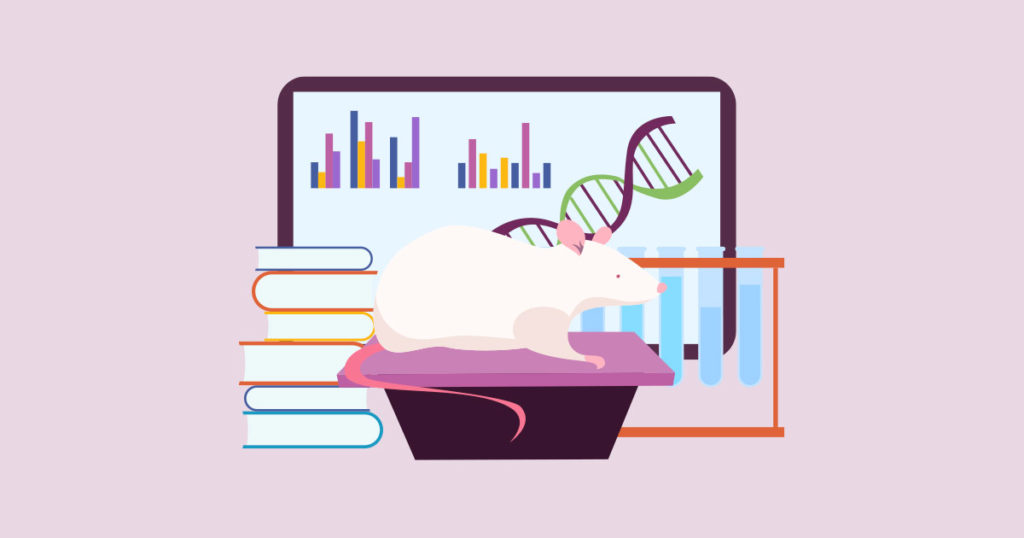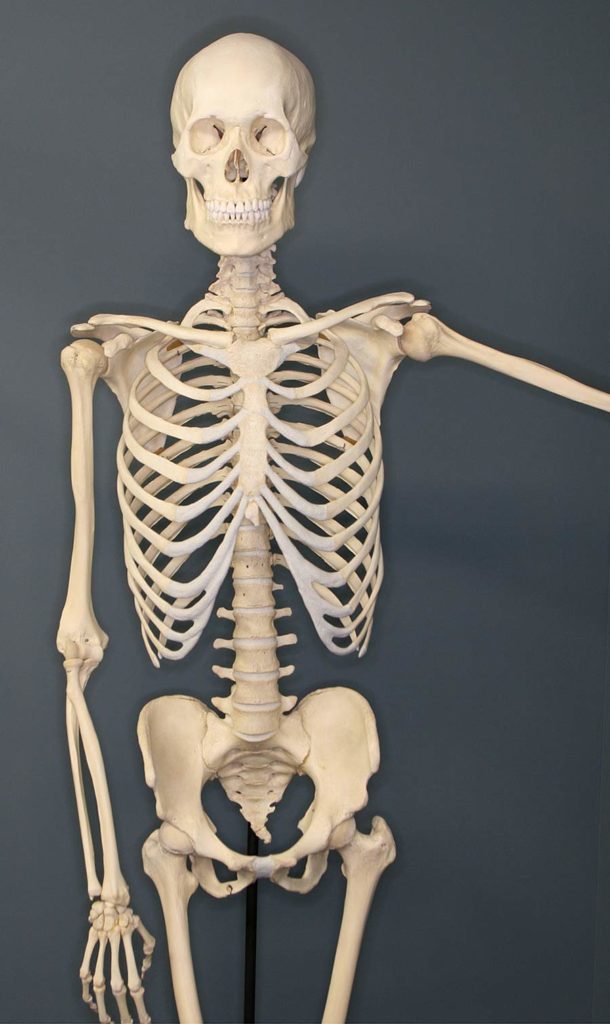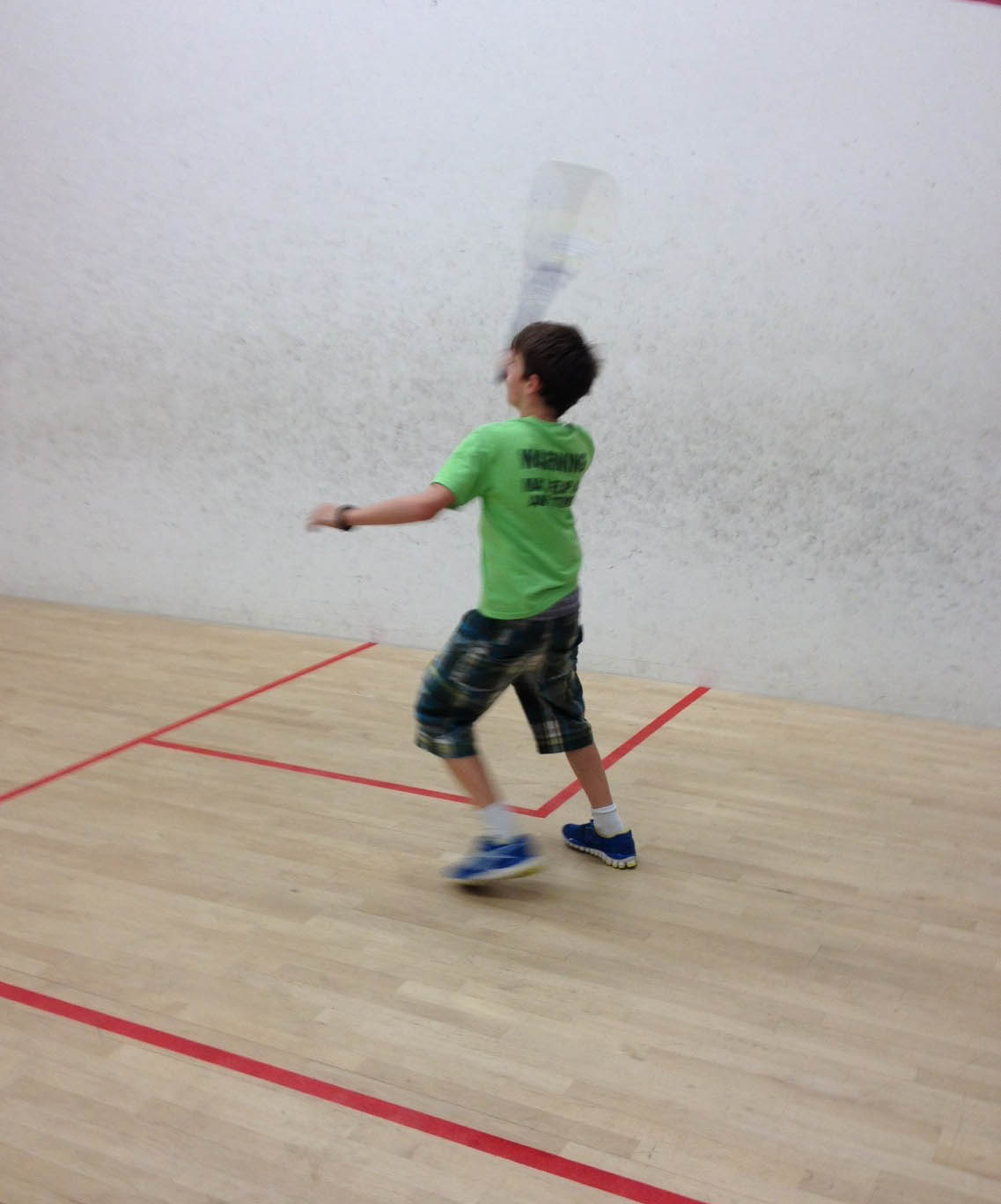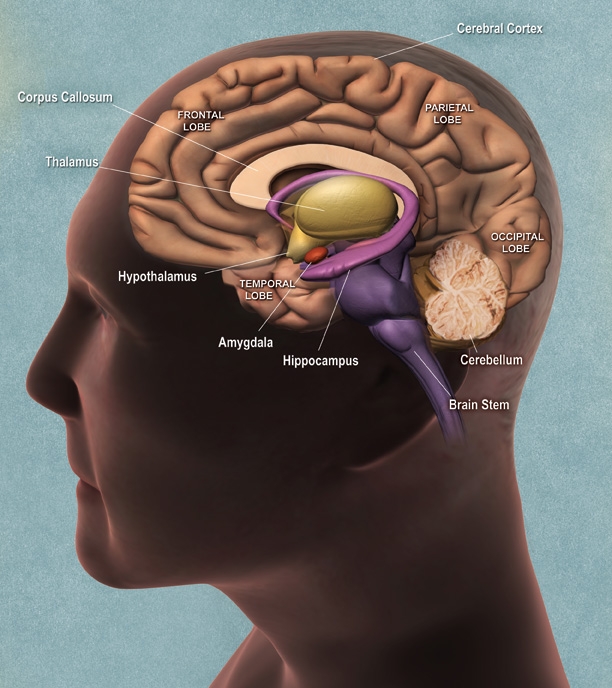Research in animal models shows physical exercise can induce changes in the brain. In humans, studies also revealed changes in brain physiology and function resulting from physical exercise, including increased hippocampal and cognitive performance (1). Several studies in mice and rats also demonstrated that exercise can improve learning and memory and decrease neuroinflammation in models of Alzheimer’s disease and other neurodegenerative pathologies (2); these benefits are tied to increased plasticity and decreased inflammation in the hippocampus in mice (2). If regular time pounding the pavement does improve brain function, what is the underlying molecular biology of exercise-induced neuroprotection? Can we identify the cellular pathways and components involved? Can we detect important components in blood plasma? And, is the benefit of these components transferrable between organisms? De Miguel and colleagues set out to answer these questions and describe their results in a recent study published in Nature.





